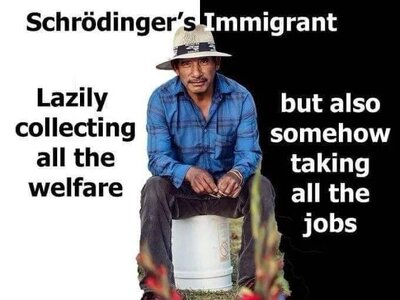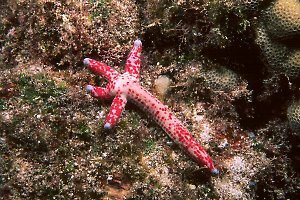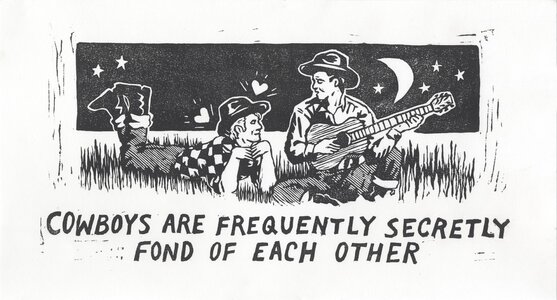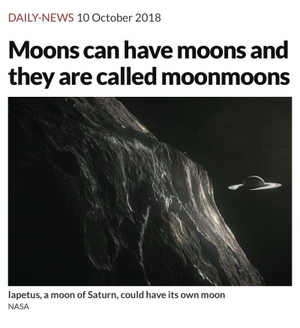- Joined
- Sep 26, 2009
- Posts
- 112,343
- Reaction score
- 150,614
- Points
- 113
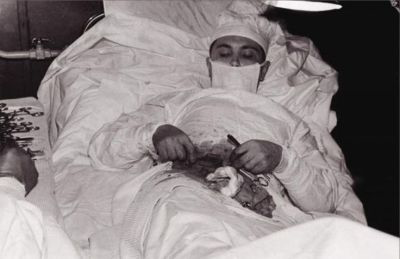
In 1961, at just 27 years old, Leonid Rogozov was the sole physician stationed at a Soviet Antarctic research station. His skills were put to the ultimate test when he developed acute appendicitis—a life-threatening condition that required immediate surgery. Trapped in the remote wilderness of Antarctica, where evacuation was impossible due to severe weather conditions, Rogozov faced a dire situation: the only way to save his life was to perform an appendectomy on himself.
On April 30, 1961, Rogozov prepared for the operation with meticulous care. Using local anesthesia, he enlisted the help of two colleagues, who handed him surgical instruments, held a mirror for better visibility, and adjusted the lighting. Despite the challenges of performing the procedure on himself, including battling pain, nausea, and the psychological stress of operating on his own body, Rogozov successfully removed his inflamed appendix in a grueling operation that lasted nearly two hours.



